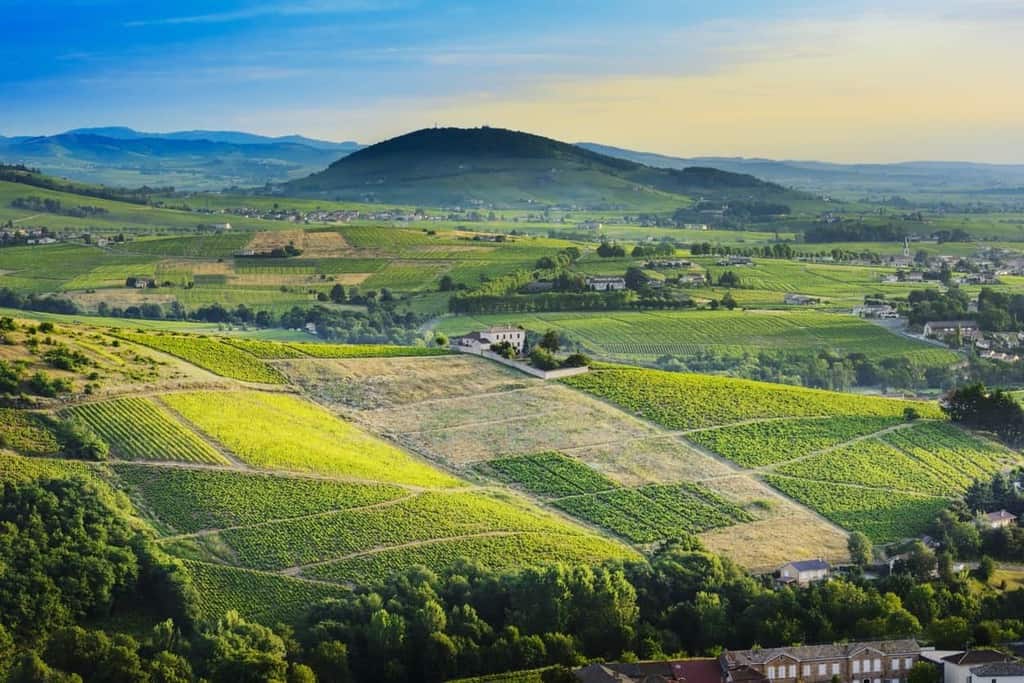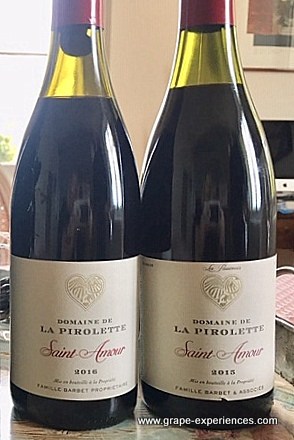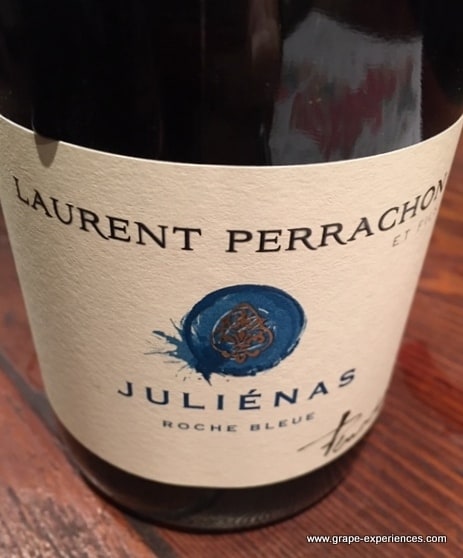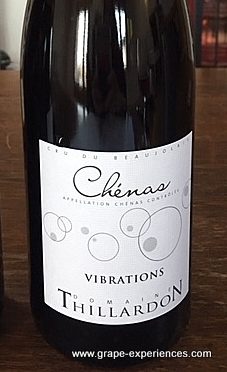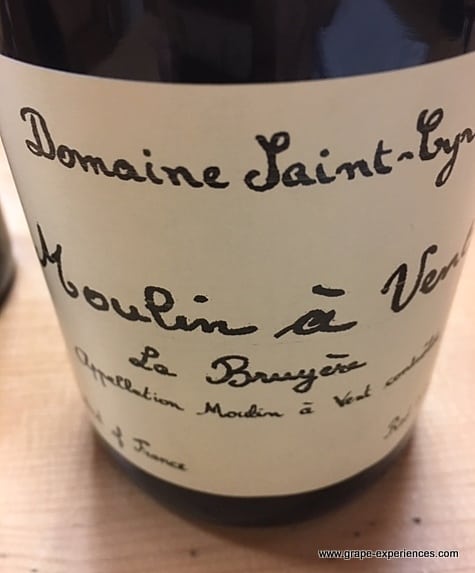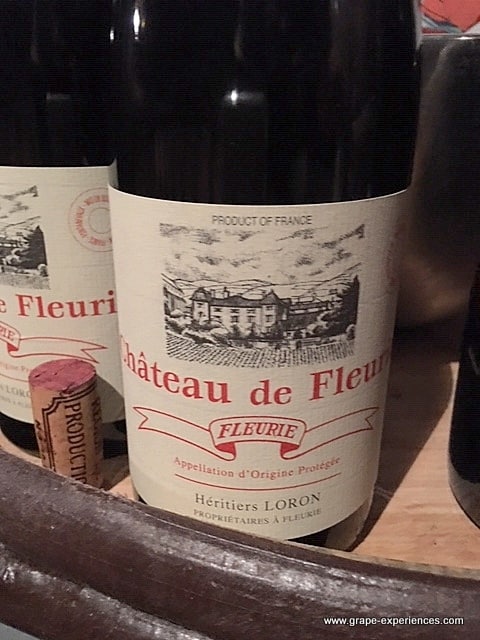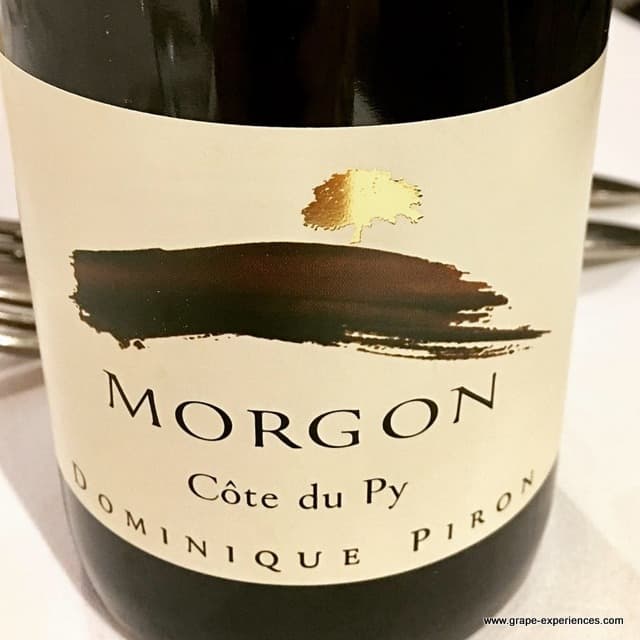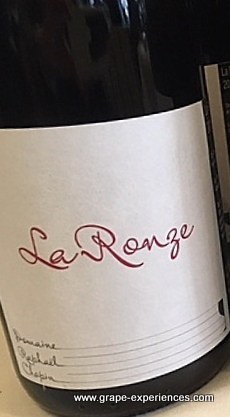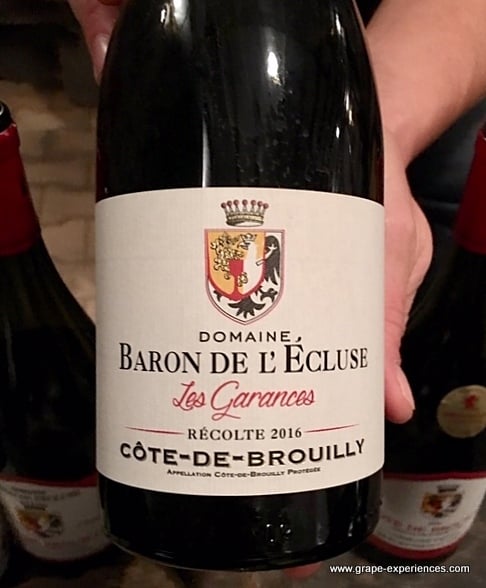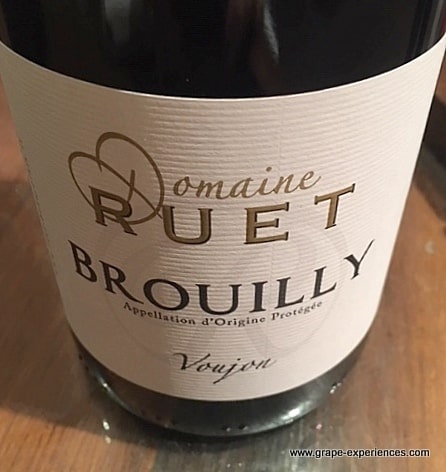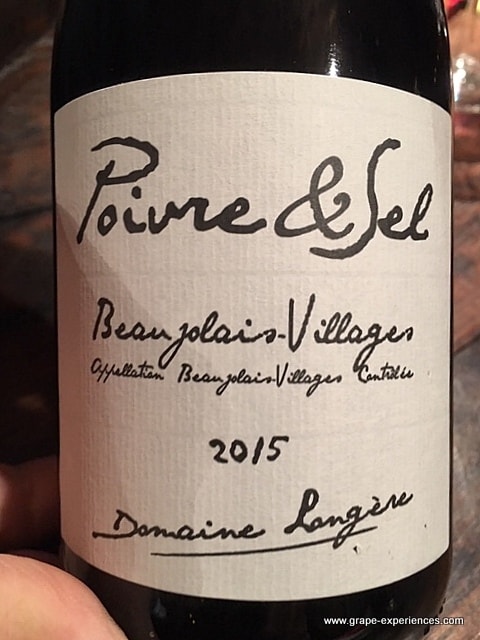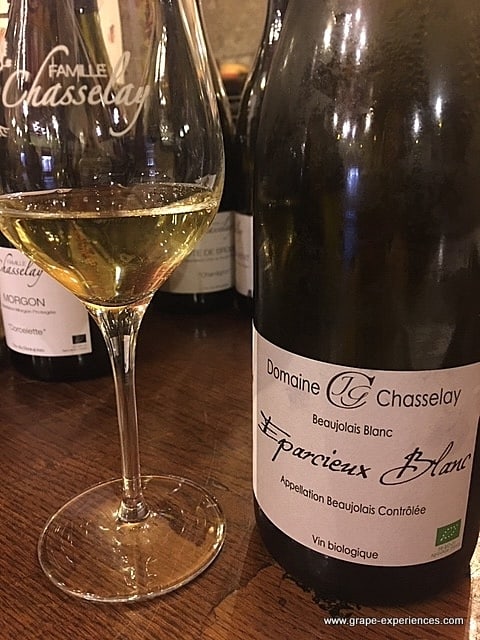It’s one thing to learn about the facts of a wine region. It’s another to experience that region in real life. During my recent media visit, sponsored in full by Inter-Beaujolais, I visited producers from each AOC, including each Cru, and savored the Beaujonomie spirit with each swirl and sip. Although the region of Beaujolais produces only Gamay and a small amount of Chardonnay, the expressions of these grapes denote a unique sense of place. Plan a journey to this beautiful and fascinating area and indulge.
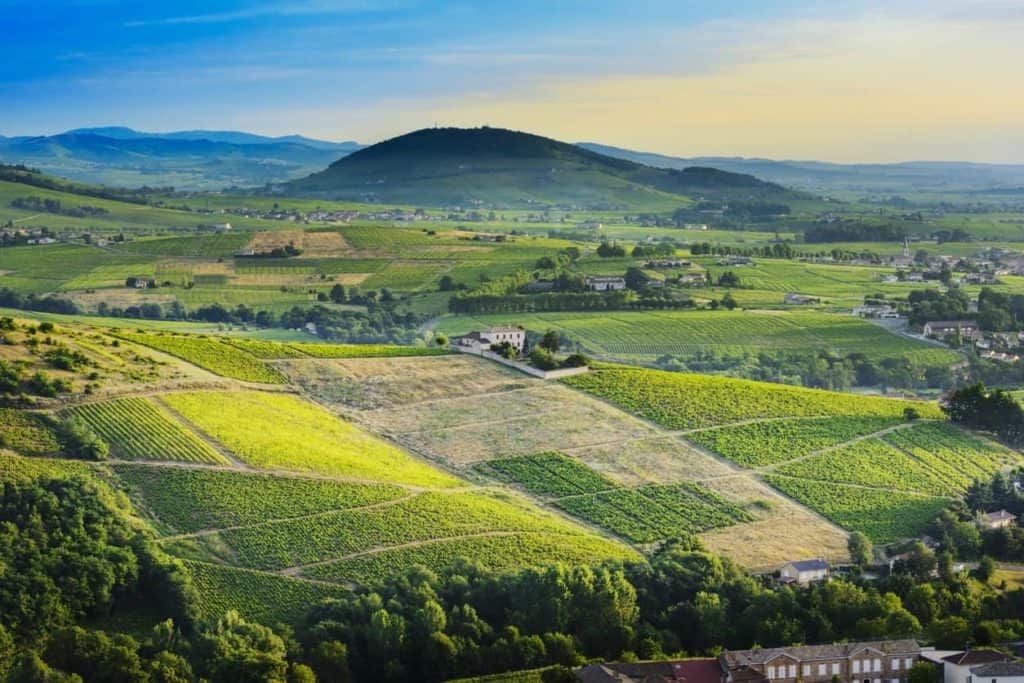
Below are brief descriptions of the 10 Crus, AOC Beaujolais-Villages, and AOC Beaujolais along with suggestions of new releases to try.
RELATED: A Quick Guide To The World of Beaujolais Wine
Saint Amour – Just a stone’s throw from Maconnais is Saint Amour, a beautiful, pastoral village with rolling hills and diverse soils of ancient alluvial clay, flinty clay, granite, slate, and limestone rock. Elegant and refined, the wines can be light and “gourmand” with floral notes or powerful with elements of spice and deep red fruit.
Find this: Domaine de la Pirolette Saint Amour 2016 was poured during my visit to this picturesque area. Elegant and complex, the 2016 is a blend of parcels in Saint Amour and exuded bold tannins, structure, spice, and bright cherry notes. Gregory Barbet, co-owner of the Domaine, explained that the vintage year was “classic Beaujolais”.
Juliénas – One of the oldest Crus and named after Julius Ceasar, igneous rock and alluvial soils with a line of volcanic “blue stone” are located on extremely steep slopes in Juliénas. Minerality and sophistication along with notes of red fruit, purple flowers, and hint of cinnamon and pepper are characteristics of wines from this area.
Find this: Laurent Perrachon et Fils Juliénas Roche Bleu 2017 was impressive and is considered “traditional Juliénas”. Fruity and firm with brilliant acidity and structure, there are plenty of reasons that this is one of the best sellers from this producer in every export market.
Chénas – The smallest appellation in Beaujolais takes its name from the ancient oak forests that covered the area centuries ago. High, steep granite hills to the west and a gently sloping landscape with volcanic soil and round river stones to the east lend a unique palate profile to the full-bodied wines characterized by floral notes and plenty of spice.
Find this: Domaine Thillardon Vibrations 2017 is a blend of grapes from a variety of vineyards in Chenas. Red fruit, herbs, and mint notes were fresh and lifted by vibrant acidity and firm tannins. This is truly a “feel good” wine that (surprise!) offered good vibrations all around.
Moulin à Vent – The classic monument surrounded by vineyards is the windmill, Moulin. Vines planted on pink granite rock produce Gamay that is full bodied and complex with floral aromas and rich, intense red fruit. Known for its ability to age, these complex, serious wines define prestige and power.
Find this: Domaine Saint-Cyr Moulin à Vent La Bruyere 2017 is a wine that you’ll pour over and over again thanks to its floral and red and black fruit notes and soft tannins, characteristics that help define the Cru. Aged in barrels for 8 months, only 2000 bottles were produced.
Fleurie – Incredibly elegant and enjoyable, the wines from this Cru are voluptuous, romantic, and refined with notes of just-picked purple flowers and fresh red fruit. Over 90% of the terroir is pink granite and vineyards are located on dramatic, steep inclines.
Find this: Maison Jean Loron Château de Fleurie 2017 was a high quality, graceful wine bursting with cherries, red fruit, and rose petals on a foundation of silky tannins and bright acidity.
Chiroubles – The altitude of Chiroubles is the highest of all the 10 Crus. Pink granite is the predominant soil type, yet sandy soils are found, as well. Smooth and racy, Gamay from Chiroubles presents a fresh profile of red fruits and delicate flowers recently plucked from the garden.
Find this: Domaine La Farge Chiroubles 2017 was still in the tank when I tasted… plans were to bottle this wine the following day. Because of the hailstorm in 2017, two parcels of grapes from Chiroubles were blended. Vibrant acidity, classic fruit notes, and spice dominated this wine; I’m looking forward to tasting this wine soon.
Morgon – The Mont du Py dominates Morgon, the second largest Cru, and the soils are as diverse as its size. Granite soils, seams of “blue stone”, alluvial soils, and clay blocks are the bedrock upon which vineyards are located; the notable Côte du Py vineyards are composed of disintegrated slate. Full bodied and textured, ripe stone fruit, minerality, spice, and lush red fruits and distinctive.
Find this: Dominique Piron Morgon Côte du Py was poured by the acclaimed vigneron himself during our dinner the first evening of my visit. Dominique Piron explained that wines from the region are “solid but never hard”. This example was a racy, sophisticated wine with the slightest hint of black cherries and bright spicy notes. It’s no wonder that it boasts an international reputation with continuing accolades.
Régnié – The newest Cru (as of 1988), Régnié offers wines that are delicate, fresh, and supple. Mostly sandy granite soil on slopes of differing inclines facing southeast, grapes ripen early and display notes of red, purple, and black fruit with spice and minerality. Of note is the famous village church that has two spires.
Find this: Domaine Raphael Chopin Régnié La Ronze 2016 was as delicious as the 2015 vintage that I had tasted in Chicago during Raphael’s visit to the city. Typical Beaujolais style, the soft, light wine from old vines presented notes of fresh red fruit, baking spices, and a hint of pepper on the nose and palate.
Côte de Brouilly – Planted on steep, stony slopes, vineyards consist of blue stone and shale soils. Côte de Broully produces delicate, generous wines that exude notes of blackberries, pepper, and minerality. According to Rabelais, the ogre Garganua created Mont Brouilly by turning over a bucket of stones; legend is that a lieutenant in the Roman army, Brulius, named the mountain.
Find this: Domaine Baron de L’Ecluse Les Garances 2016, of Gamay from 90 year-old vineyards on blue stone, the wine was aged in barrels for 14 months. Fresh, balanced, and complex, this was exceptional, award-winning selection.
Brouilly – For classic French charm, visit Brouilly, a lovely town whose chapel is appropriately named, Notre Dame aux Raisins (Our Lady of the Grapes). Half of the Cru is composed of steep slopes of pink granite and half is a mix of clay, blue stone, volcanic pebbles, and limestone rock. Fruit forward with aromas and flavors of plum, red berries and minerality, wines are meant to be enjoyed while young.
Find this: Domaine Ruet Brouilly Voujon 2017 was a delicious balance of bright acidity, soft tannins, and ripe red fruit such as strawberries, an element of the Gamay grape when cultivated in Brouilly.
AOC Beaujolais-Villages – Possessing steep slopes (sometimes at a 50% incline), vineyards face southeast on granite and sandy soils with some sedimentary rock. Beaujolais-Villages surrounds the 10 Crus and brings together 38 villages. The “Villages” Gamay wines may be complex and balanced with a genuine focus on red fruit. The small quantities of Chardonnay produced offer intense aromatics and flavors. Like Beaujolais, wines from this AOC can be Beaujolais-Villages Nouveau, Rosé Beaujolais-Villages, and White Beaujolais-Villages.
Find this: Domaine Longère Poivre & Sel 2015 is Jean-Luc Longère’s bow to the culinary world with the name on the label, “pepper and salt.” The wine is only produced in specific vintage years that are “wild;” this particular selection was aged in stainless steel vats so “the wine could be quieter.” I found pepper, spice, cherries, and bright red fruit on both nose and palate of this special wine.
AOC Beaujolais – This regional appellation covers all 91 communes of the Beaujolais vineyards and is notable as the largest of the AOCs. A variety of soils including marl and rock, sandstone, white limestone, fossil limestone, golden stone, volcanic rock, and shale, characterize this vast area. Both Gamay and Chardonnay grapes are cultivated. The Gamay is fresh, red fruit forward, and easy drinking; the Chardonnay is crisp and pleasurable with citrus and stone fruit notes on the nose and palate. Wines produced here are Beaujolais, Beaujolais Nouveau, Rosé Beaujolais, and White Beaujolais.
Find this: Domaine Chasselay Eparcieux Blanc 2017 – From 35 year-old vines, this elegant Chardonnay was crisp and dry with a round mouthfeel. Enjoy every sip of this Beaujolais Blanc as an aperitif, with a seafood course, or (naturally) throughout the meal.
